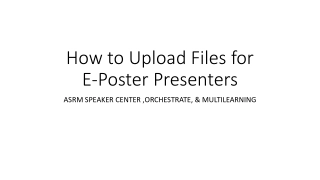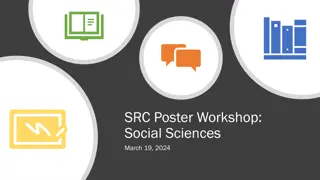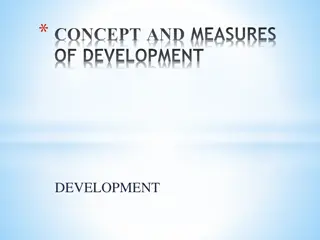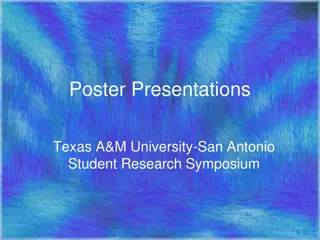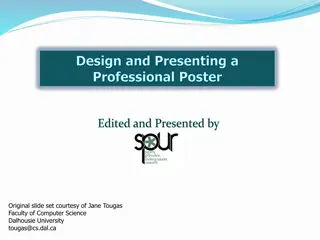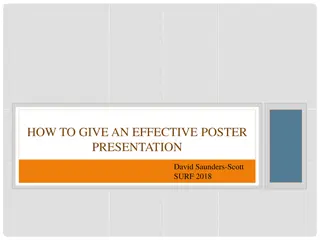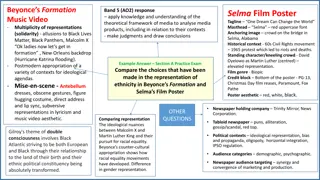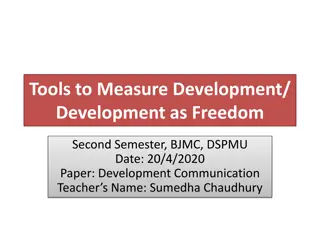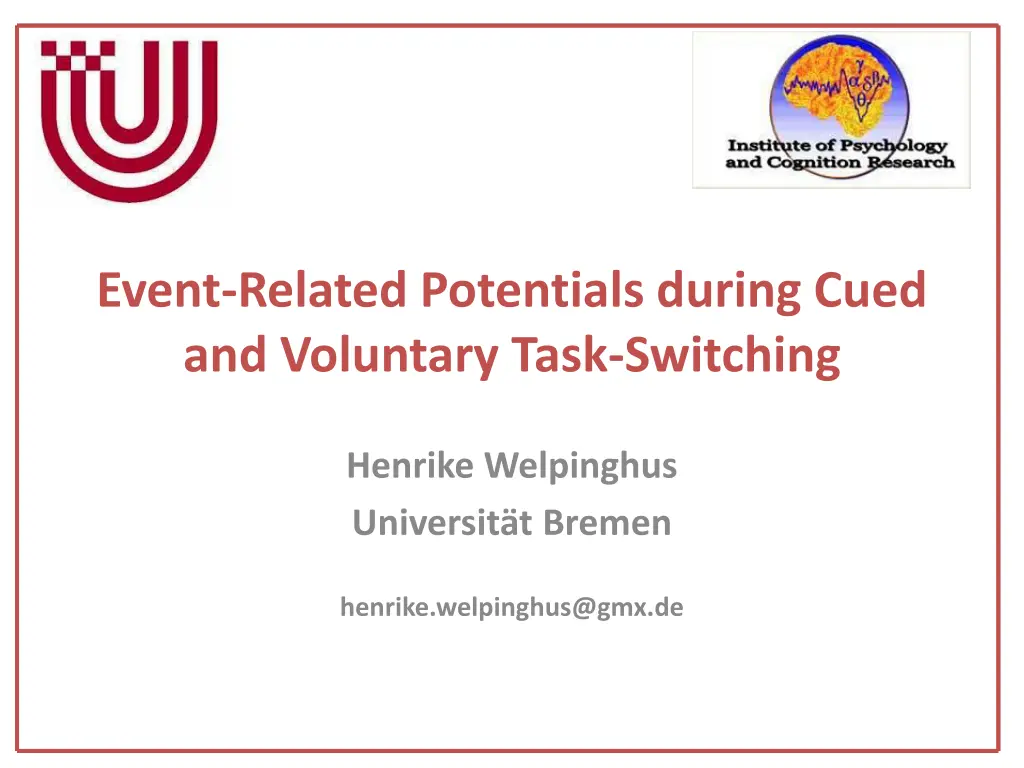
Event-Related Potentials in Cued and Voluntary Task-Switching Study
Explore the comparison of cued versus voluntary task-switching through EEG measurements on healthy participants. Discover the P3 component variations during preparation, lateralization towards the right hemisphere, and reduced amplitude in the voluntary condition. The discussion delves into spatial attention, working memory load, decision-making processes, and references relevant studies in the field.
Download Presentation

Please find below an Image/Link to download the presentation.
The content on the website is provided AS IS for your information and personal use only. It may not be sold, licensed, or shared on other websites without obtaining consent from the author. If you encounter any issues during the download, it is possible that the publisher has removed the file from their server.
You are allowed to download the files provided on this website for personal or commercial use, subject to the condition that they are used lawfully. All files are the property of their respective owners.
The content on the website is provided AS IS for your information and personal use only. It may not be sold, licensed, or shared on other websites without obtaining consent from the author.
E N D
Presentation Transcript
Event-Related Potentials during Cued and Voluntary Task-Switching Henrike Welpinghus Universit t Bremen henrike.welpinghus@gmx.de
Question and experiment Which specific processes underlie voluntarily chosen actions? Comparison between cued and voluntary task-switching EEG measurements on 15 healthy participants (8 male, age: 23.2 2.9 years) Event-related Potentials P3 component on parietal electrodes 2
Cued condition Voluntary condition Switch From horizontal to vertical task Repeat Horizontal task Preparation Execution 3
P3 component during preparation P3 range: 300-600 ms after warning-stimulus onset Lateralization towards right hemisphere (F(2,28)=5.04, p=0.014) Reduced amplitude in voluntary condition (F(1,14)=15.49, p=0.001) 4
Discussion Lateralization towards right hemisphere Spatial attention (Macaluso & Doricchi, 2013) Reduction of P3 component in voluntary condition Higher working memory load due to additional cognitive task Working memory increase reduction of P3 component (Kok, 2001) Reflecting decision-making process? Decision might be jittered 5
References Kok, A. (2001). On the utility of P3 amplitude as a measure of processing capacity. Psychophysiology, 38(3), 557-577. Macaluso, E., & Doricchi, F. (2013). Attention and predictions: control of spatial attention beyond the endogenous-exogenous dichotomy. Front Hum Neurosci, 7, 685. doi: 10.3389/fnhum.2013.00685 6

